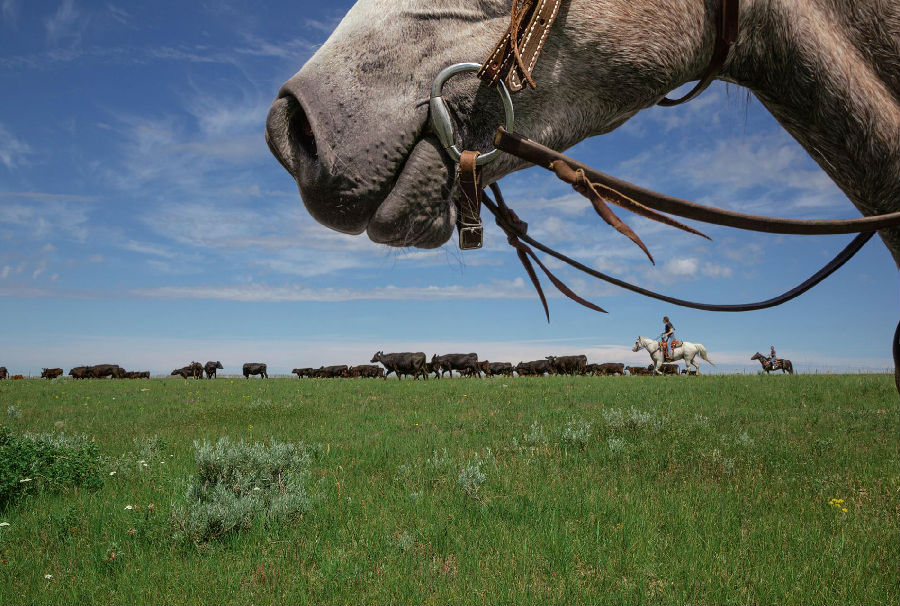But here on the plains' western edge, where the climate is unforgiving and the boom-and-bust farming economy is equally remorseless, swaths of prairie remain largely unbroken. In 2000 a group of conservationists identified this region as critical for preserving grassland biodiversity. In 2001 one member of that group, a spare, soft-spoken biologist named Curt Freese, teamed up with a Montana native named Sean Gerrity to form the American Prairie Reserve, or APR. Gerrity, a kinetic former Silicon Valley consultant with an unruly mop of white hair, says the idea was to "move fast and be nimble," in the manner of a high-tech start-up. The group would use private money to patch together 3.2 million acres, or 5,000 square miles, of private and public grassland along the Missouri River, acquiring ranches from "willing sellers" at market prices. It would remove the cattle that grazed the land, stock it with 10,000 or more bison, tear out interior fences, restore native vegetation, and create the conditions in which the region's lost wildlife could return and thrive. Grassland biodiversity requires abundance, Freese says. "You've got to think big."

In the 19 years since, the group has raised $160 million in private donations, much of it from high-tech and business entrepreneurs. It has acquired 30 properties, totaling 104,000 acres, and more than 300,000 acres of grazing leases on adjacent federal and state land. The properties are all strategically located near two federally protected areas: the 1.1 million-acre Charles M. Russell National Wildlife Refuge and the 377,000-acre Upper Missouri River Breaks National Monument. Think of the refuge and monument as the trunk of a tree, Gerrity says. In buying nearby properties, "we're trying to expand the girth of the tree," adding branches to the trunk and enhancing the movement of wildlife between river systems and grasslands. Bison are an integral part of that restoration. APR now runs more than 800 on three of its properties.











